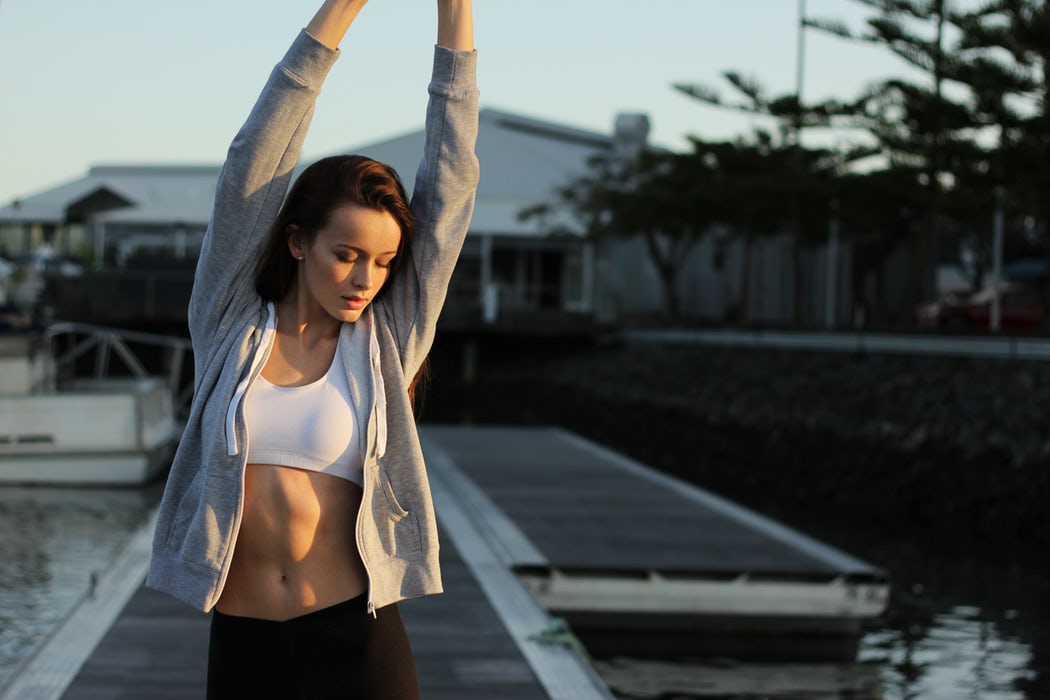Here at GLX3, we often receive questions about the sourcing of our product. In addition, potential customers often want to know about the sustainability measures of the mussel industry and of the waters where the mussels are grown and harvested. We are proud to share that New New Zealand’s Ministry of Fisheries has released a detailed report citing peer-reviewed studies, concluding that not only are the waters around New Zealand in pristine condition, but the fishing and farming industries also enjoy a sustainable stock of fish. Here are several important points from their report.
The focus is on sustainability
“The measure of sustainability is abundance – that is the amount of fish in the water,” the Ministry of Fisheries says on its website. And the Ministry isn’t all talk — they cite documented studies showing that nearly 95% of the fish tracked are part of a known stock where the quantity of fish is not a concern, meaning that when you purchase a New Zealand seafood product — like GLX3 — you can rest easy knowing that you aren’t responsible for supporting a depleted and dysfunctional industry.
When signs of a depleted stock show (which are rare, but it does happen), the Ministry of Fisheries immediately restricts catch numbers and does everything in its power to restock the specific fish to a sustainable level. “We have a careful approach, built on decades of peer-reviewed scientific assessment and compliance activity,” the website notes. “Fisheries New Zealand is always interested in any information which will assist with the important task of ensuring there are enough fish in New Zealand’s waters for current and future generations.”
The country is remote
Like, seriously remote. To fly from Los Angeles, California to Auckland, New Zealand takes nearly 20 hours of travel time and multiple long-haul flights. This keeps the light traveler away and prevents unwanted fishing and consumption of New Zealand’s resources. More importantly, the country’s remoteness keeps the pollutants and toxins of densely populated metropolitan areas out of New Zealand’s waters.
This results in sealife that is able to thrive in an all-natural habitat. The harmful practices of factory farming or the often regressive results of small, confined fish farms are a world away from the shores of New Zealand’s eastern coast. “New Zealand’s scientists are not the only ones that have concluded New Zealand’s fisheries are in good shape,” the Ministry of Fisheries says on its website. Three recent, independent and internationally peer-reviewed studies, in 2009, 2010 and 2011, have ranked New Zealand’s fisheries management as the best in the world.”
These efforts ensure clean water and safe growing habitats
The Green Lipped Mussels used in GLX3 are sourced from farms located in pristine, clean ocean waters free of mercury and other toxins. The country spends ample time and money monitoring its waters and thoroughly prosecutes any caught dumping waste, toxins, or other harmful materials into the water. Beginning in 2012, the Ministry launched a full-scale effort to streamline its control overfishing, stock, and activity in monitored waters. It had this to say about the effort on its website: “Fisheries New Zealand is investing $24 million, matched dollar-for-dollar by industry, on new technology which will develop a new wildfish harvesting technology that will result in more precise catches. This will allow fish to be landed fresher, in better condition, and of higher value.”




















